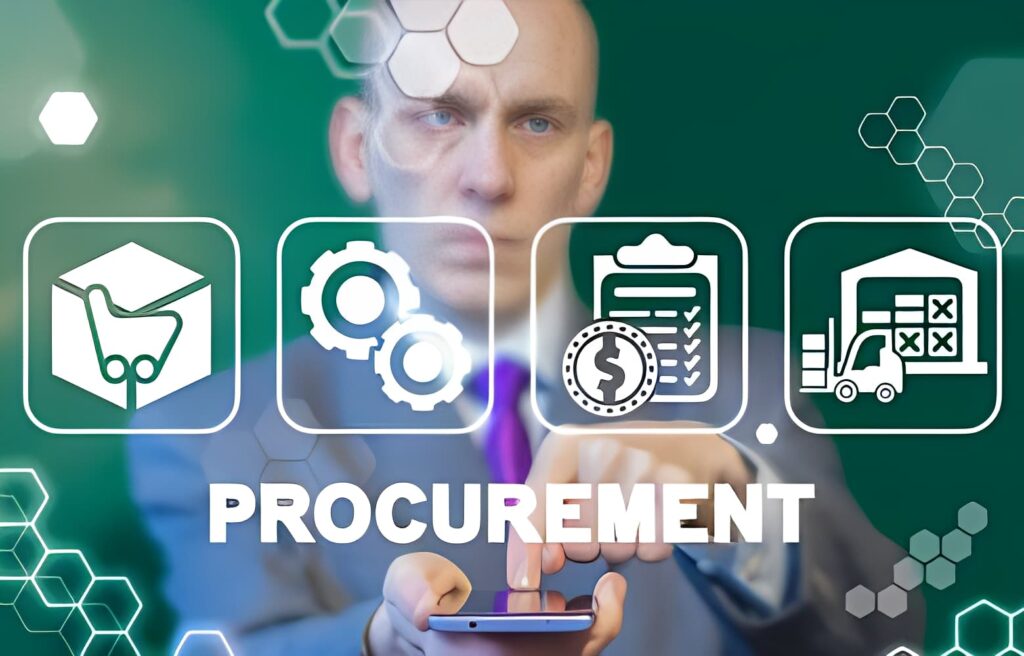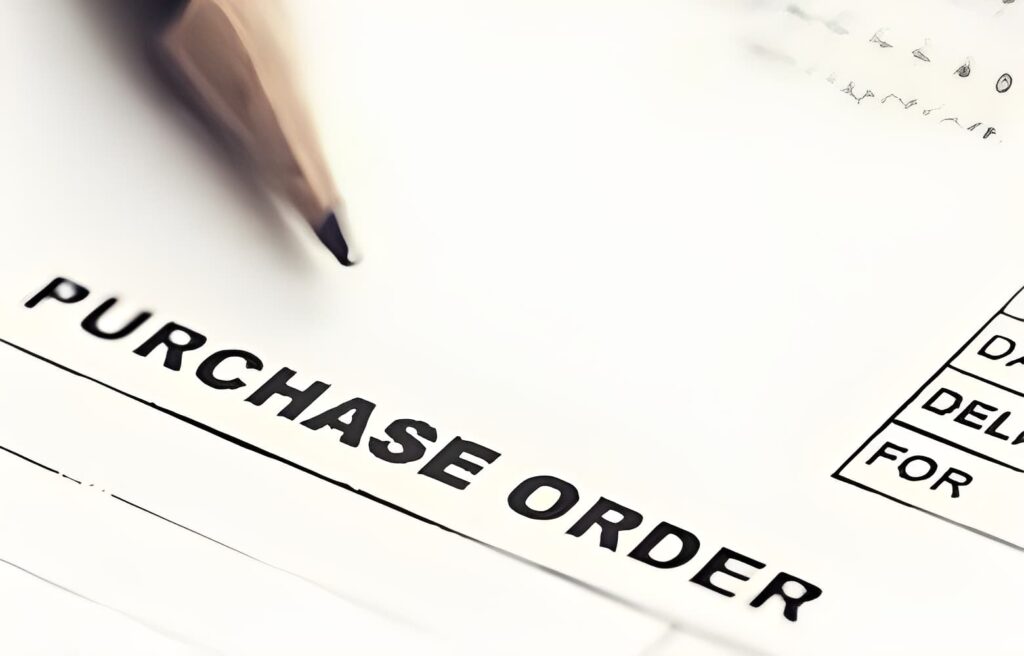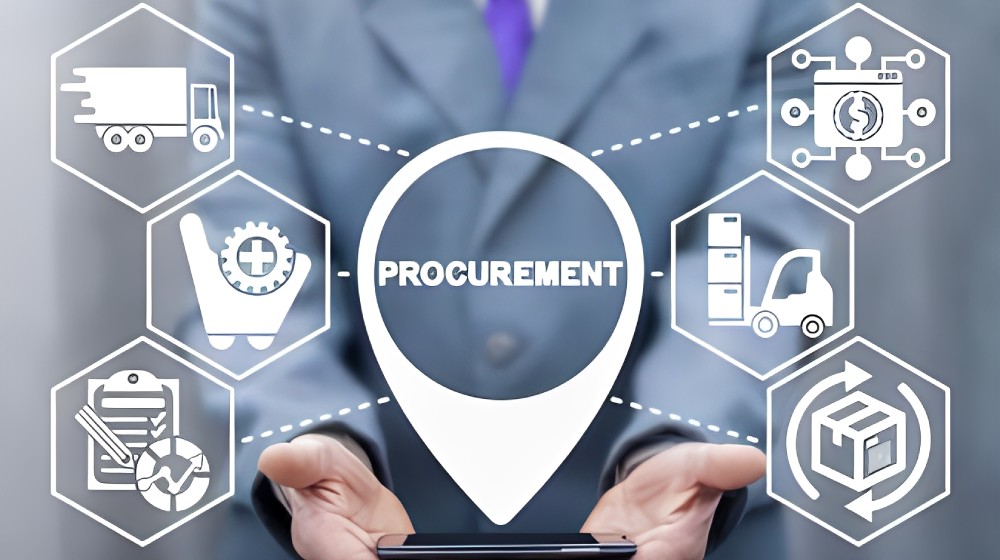Introduction
In the dynamic landscape of global business, procurement management is pivotal in establishing long-term competitive advantages across industries. It transcends basic transactional purchasing, involving strategic elements like cost efficiency, supplier engagement, and risk management. Industries ranging from manufacturing to services must adapt quickly to market shifts to ensure operational agility and economic success. Procurement, therefore, is critical not only in supporting routine operations but also in driving organizational progress in line with changing market expectations and standards.
However, traditional procurement systems often suffer from significant inefficiencies, such as outdated processes that lag behind technological advancements, a lack of supply chain transparency, and rigid corporate frameworks that limit swift innovation. These limitations can severely affect a company’s capacity to swiftly tackle emerging challenges, highlighting the need for a more adaptive approach. In a business era defined by constant change, there is a heightened demand for procurement strategies that are both agile and robust, compelling companies to revise and enhance their procurement operations to thrive in the evolving economic landscape.
Understanding Procurement in Supply Chain Management

In an intricate tapestry of global business operations, procurement acts as a critical thread, connecting various segments of the supply chain with an organization’s strategic goals. Understanding this concept in detail reveals how procurement is not merely about purchasing goods but orchestrating a series of interrelated activities that enhance value generation.
The strategic role of procurement
Procurement goes beyond the transactional act of acquiring goods or services; it plays a strategic role in any business. It involves understanding market trends, developing relationships with suppliers, and aligning purchases with the organization’s financial and operational objectives.
Strategic procurement ensures competitive advantages by:
- Maintaining cost efficiency and controlling spending.
- Improving quality and supplier performance.
- Enhancing the organization’s innovation capability through supplier-enabled innovation.
Steps involved in the Procurement Process

1. Supplier Selection
Selecting the right suppliers is critical for ensuring the quality of goods or services. This process involves evaluating potential suppliers based on factors such as price, quality, reliability, and service.
2. Purchase Orders
A purchase order (PO) is a critical document in the procurement and supply chain processes. It serves as an official offer issued by a buyer to a seller to purchase goods or services.
3. Strategic Sourcing
Strategic sourcing is an approach to procurement that emphasizes long-term supplier relationships, market analysis, cost models, and supply market shares to create a competitive advantage.
4. Contract Management
After suppliers are selected, effective contract management ensures that all parties fulfill their contractual obligations. Proper contract management can lead to improved supplier performance and cost savings.
5. Inventory Management
Inventory management involves overseeing the timing and quantity of goods acquired, optimum inventory levels, turnover rates, and the costs associated with the inventory.
6. Price and Cost Analysis
Analyzing price and cost is fundamental to ensuring that the procurement activities are within budget and the costs are competitive.
7. Quality Control
Ensuring the goods or services procured meet a certain quality standard is critical for maintaining the integrity of the supply chain.
8. Risk Management
Identifying, evaluating, and mitigating risks in procurement processes is essential to maintaining supply chain continuity and avoiding potential disruptions.
9. Supplier Relationship Management
Cultivating positive relationships with suppliers can lead to better pricing, quality, and service levels due to a more collaborative approach.
10. Ethics and Compliance
Ensuring all procurement activities adhere to ethical standards and comply with relevant laws and regulations is imperative to maintaining the integrity and reputation of a business.
Common Procurement Management Challenges

Identifying and Mitigating Risks
Procurement professionals constantly strive to identify and mitigate numerous risks that can disrupt supply chains and procurement cycles. Risks may include supply chain disruptions due to geopolitical factors, natural disasters, market volatility, or supplier financial instability.
Cost Reduction and Value Optimization
Finding the balance between cost-cutting and value creation remains a chief concern. Managers must negotiate better prices and terms without compromising on quality or service.
Technological Integration and Data Analytics
Integrating new technologies, such as AI, machine learning, and data analytics tools, into procurement activities is an ongoing challenge. These technologies fuel smart insights for decision-making but require substantial investment and training.
Regulatory Compliance and Sustainability
Ensuring compliance with an increasingly complex array of international, federal, and state regulations, as well as rising demands for sustainable and ethical sourcing, places additional pressure on procurement functions.
Supplier Relationship Management (SRM)
Effective supplier relationship management can be a significant differentiator in today’s global economy. However, fostering and maintaining positive supplier relationships can be difficult, especially with an extensive base of international suppliers.
How does the Farm To Plate solution assist with a procurement process, and what does it entail?

The Farm To Plate (F2P) approach is designed as a cutting-edge solution that addresses the prevailing challenges in agricultural procurement processes. This innovative strategy enhances business operations by simplifying and clarifying the procurement workflow. At the core of the F2P model is the establishment of a direct link between the agricultural producers and the final consumers, effectively eliminating superfluous middlemen. This direct linkage serves to revamp the standard dynamics of the supply chain, leading to a more efficient and transparent exchange of goods from farmland to dinner tables.
Key Characteristics of the Farm To Plate Methodology
Direct Sourcing: By cultivating partnerships directly with farmers, F2P connects the beginning and end of the food supply chain, yielding a fresher and more accountable sourcing process.
Traceability and Transparency: Each product carries with it a narrative of its origin, progress, and handling, inspiring consumer confidence and enabling better regulatory compliance.
Reduced Wastage: Streamlined logistics and shorter supply routes intrinsic to F2P minimize spoilage and food waste.
Sustainable Practices: Encouraging eco-friendly and ethical farming practices is a by-product of the closer relationship between producer and buyer within the F2P model.
Risk Reduction: Farm To Plate initiatives minimize supply chain vulnerabilities by promoting local sourcing and ensuring greater product traceability.
SRM Enhancement: These initiatives strengthen ties with local producers, enhancing supplier relationship management through improved trust and collaboration.
Summing Up
Procurement management serves as the backbone of successful supply chain operations, influencing the efficiency, sustainability, and profitability of a company. Adopting a Farm To Plate approach addresses many procurement management challenges by streamlining the supply chain, fostering closer supplier relationships, enhancing traceability, and reducing risk. Businesses that integrate this approach into their procurement strategies can benefit from a more resilient and responsive sourcing model that supports both local communities and the environment.
We encourage businesses to look beyond traditional procurement methods and explore the Farm To Plate model as an innovative solution that not only tackles immediate procurement challenges but also sets the stage for long-term operational excellence. By embracing local sourcing and forging deeper connections with suppliers, companies can achieve improved procurement efficiency, greater market agility, and a competitive edge in today’s dynamic marketplace.
FAQ’s
- Why is procurement important in supply chain management?
Procurement ensures a reliable flow of raw materials and services, which is critical for uninterrupted supply chain operations.
- What are the stages of procurement management?
It typically includes need identification, requisition, sourcing, negotiation, order placement, delivery, and performance review.
- What are the types of procurement?
Procurement can be direct, indirect, goods, services, and digital, depending on what is procured and for what purpose.
- What is the main goal of procurement management?
The overarching goal of procurement management is to obtain goods and services at the best possible price that meet the quality and quantity needs of the company
Sravya Priya, Content Marketing Specialist at farmtoplate.io
